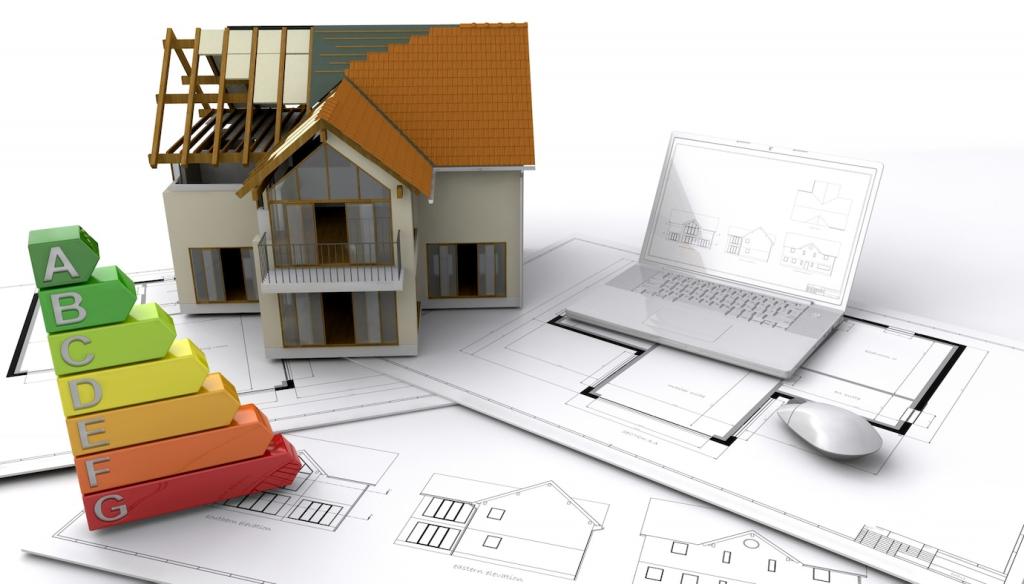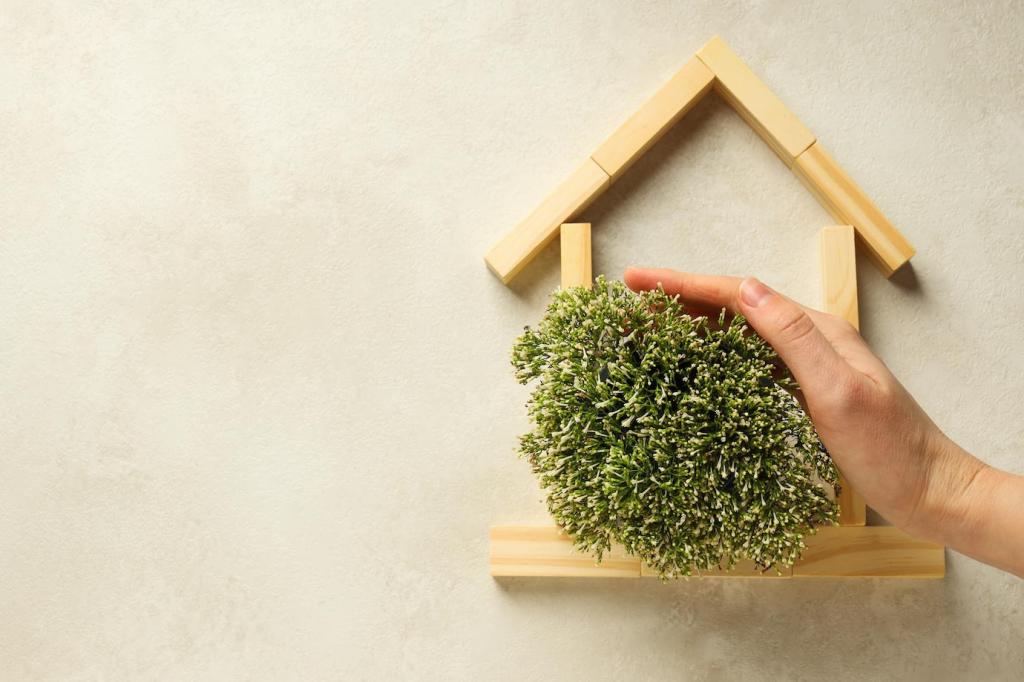Design and Performance with Sustainable Flooring Choices
The greenest floor is often the one you do not replace. Choose thick wear layers, refinishable surfaces, and repair-friendly products. A simple maintenance plan—gentle cleaners, floor protectors, and seasonal care—significantly extends life, lowers costs, and shrinks your environmental footprint.
Design and Performance with Sustainable Flooring Choices
Cork and rubber excel at absorbing sound, making apartments and multi-level homes calmer. Wood and linoleum feel warm underfoot and complement radiant heating. Thoughtful underlayment choices improve comfort, reduce echo, and help your rooms feel peaceful without adding bulk or excessive materials.






